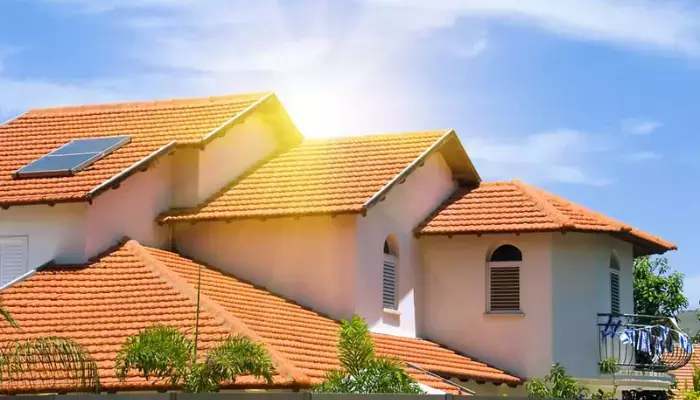Planning to build a new house and wondering about sunlight? Don’t stress—we’ve got you covered! Sunlight affects everything—your energy bills, indoor temperature, mood, and even your plants. So, which side of your home gets the most (and least) sun? Let’s break it down simply:
- South-facing side → Most sunlight (Great for warmth & saving energy!)
- North-facing side → Least sunlight (Cooler, but may need extra lighting)
- East-facing side → Morning sunshine (Perfect for breakfast nooks!)
- West-facing side → Afternoon glare (Ideal for sunsets but can get hot!)
Whether you love sunny rooms or prefer shade, smart planning makes all the difference. Ready to design your dream home? Let’s make it bright (or cozy)—your choice! ☀️🏠
How do different sides of a house receive different amounts of sunlight?
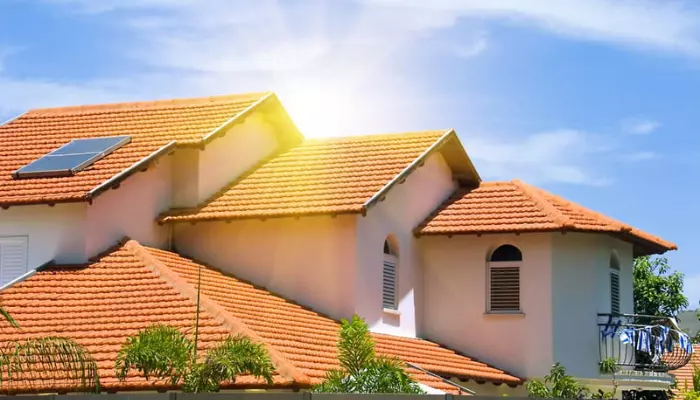
Sunlight affects temperature, energy bills, plants, and even paint colors in your home. Knowing which side gets more or less light helps you:
✅ Save energy (cooler/warmer rooms naturally).
✅ Grow better plants (some need sun, others shade).
✅ Place windows & solar panels wisely.
1. South-Facing Side – Most Sunlight!
☀️ All-Day Sun (Strongest in the Northern Hemisphere).
✔️ Best for: Solar panels, sun-loving plants, drying clothes.
⚠️ Watch Out: Can get too hot in summer – use curtains/shades.
Is the south side always sunny in winter, too?
Yes! But the sun is lower, so it’s less intense.
2. North-Facing Side – Least Sunlight!
🌥️ Cool & Shady (Little direct sunlight).
✔️ Best for: Keeping rooms cool, shade-loving plants (ferns, moss).
⚠️ Watch Out: May feel dark or cold – add extra lights/warm paint.
Can a north-facing garden grow vegetables?
Only low-light veggies like spinach or lettuce.
3. East-Facing Side – Gentle Morning Sun
🌄 Soft Sunrise Light (Warms up slowly).
✔️ Best for: Bedrooms (wakes you up naturally!), breakfast nooks.
⚠️ Watch Out: Cools down by afternoon.
Does East Sun fade furniture?
Yes, but less than west sun – use UV-protected curtains.
4. West-Facing Side – Hot Afternoon Sun
🔥 Strong Evening Heat (Hottest side in summer).
✔️ Best for: Sunsets, growing heat-loving plants (tomatoes, peppers).
⚠️ Watch Out: Can overheat rooms – plant trees or use awnings.
How do I keep a west-facing room cool?
Try blackout curtains, reflective film, or shade trees.
What Factors Affect Sun Exposure for the House?
There are several factors that can affect the amount of sun exposure a house receives:
- Direction Matters
- Shadows & Blockers
Nearby trees or tall buildings can block sunlight, so check your surroundings! - Higher = Sunnier?
Homes at higher elevations might get more sun (closer to the sky!). - Location, Location!
- Near the equator? More direct sun year-round.
- Near the poles? Longer winters, weaker sunlight.
- Seasons Change Everything
- Summer = Long, sunny days.
- Winter = Shorter, weaker sunlight.
- Weather Plays a Part
Cloudy or rainy areas? Less sun. Desert or clear skies? Hello, sunshine!
Pro Tip: Love sunlight? Pick a south-facing home with few obstructions. Prefer shade? North-facing is your friend. 🌞🏡
How to Optimize Your Home for Natural Light?
Making your home as light-filled as possible can have various health advantages, including a lift in mood and an increase in productivity, in addition to making your living area brighter. Here are some ideas for making your home as light-efficient as possible:
1. Choose Light-Reflective Colors
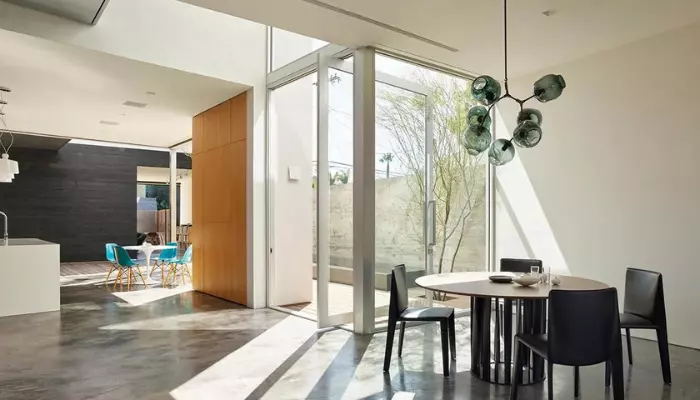
Consider painting your walls and ceilings in light colors to help lighten the space since they reflect more light than dark colors do. Choose drapes that are white or light-colored to let more natural light in.
2. Trim Back Trees and Shrubs
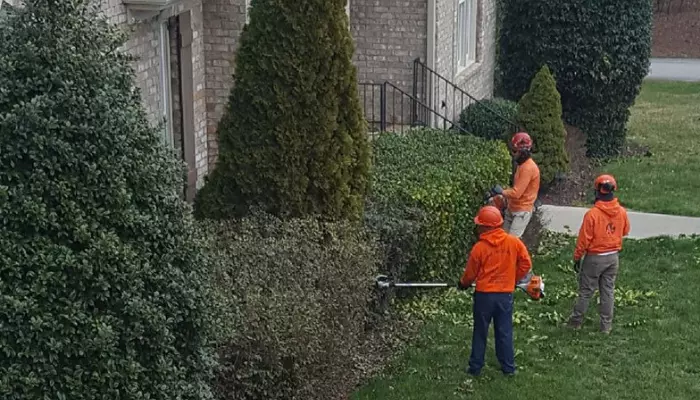
Consider cutting back trees and shrubs or selecting smaller plants that won’t block sunlight if you want natural light to enter your home.
3. Choose Light-Filtering Blinds

Light-filtering blinds, which permit some natural light to flow through while yet giving privacy, are preferable to heavy curtains or blinds that entirely block natural light.
4. Maximize Window Placement
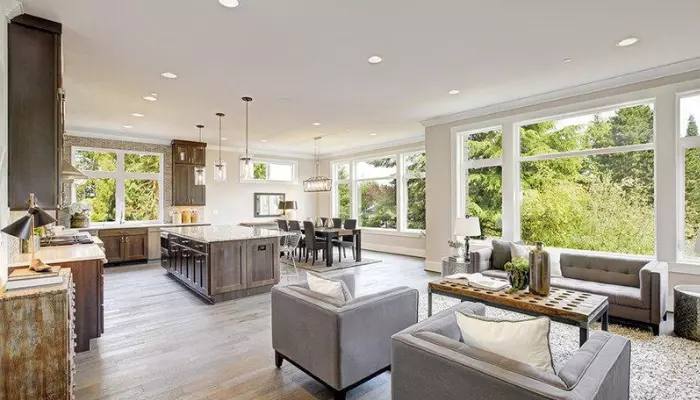
Think about where and how big your windows will be when building or remodeling your home. Try to position south-facing windows in living quarters and work spaces as they receive the most direct sunshine. More natural light can also be added by expanding windows or adding skylights.
5. Use Mirrors and Glass
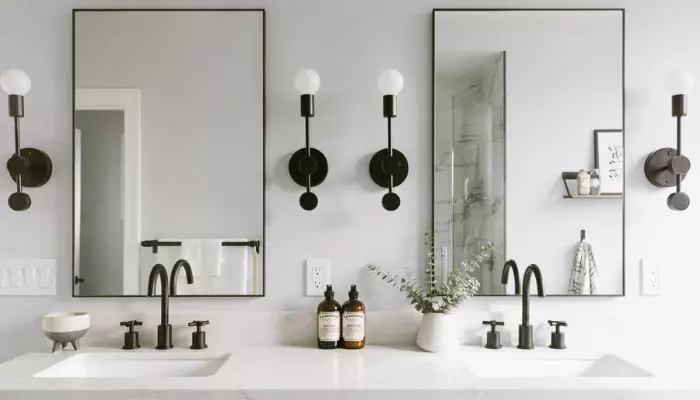
A room can feel brighter by strategically placing mirrors and glass surfaces to reflect natural light. For instance, position a sizable mirror opposite a window to reflect natural light into the space.
6. Clean Your Windows
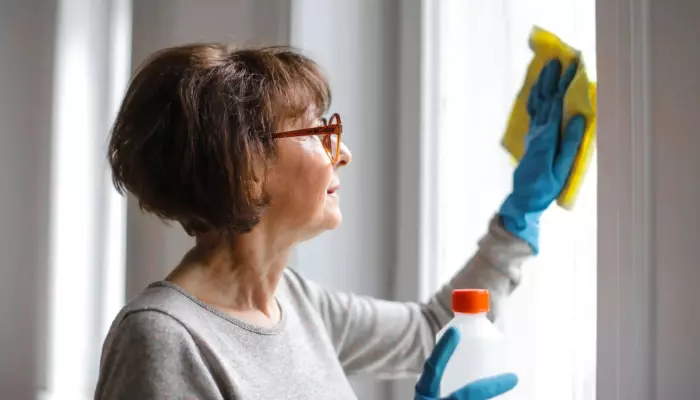
To ensure that as much light as possible enters your home, keep your windows clean on a regular basis to prevent dirt and grime from blocking natural light.
7. Add Light Sources
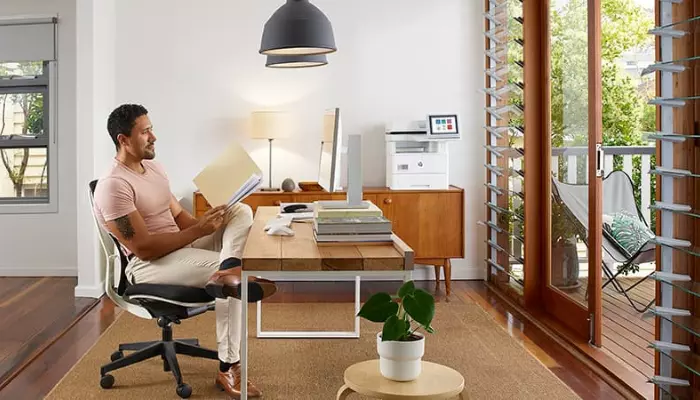
There may be occasions when you require extra light sources, even with optimal natural light. To enliven dark areas of your home, think about introducing table lamps or floor lamps that replicate natural light.
Are west-facing houses good or bad?
West-facing homes get strong afternoon sun – great for sunsets and gardens but can make rooms too hot.
The key is smart solutions: use shade trees, awnings, or thermal curtains to stay cool. While they need more temperature control, they’re perfect for people who love natural light.
With proper planning, west-facing houses can be comfortable and energy-efficient! 🌞🏠
Why are north-facing houses considered good?
North-facing houses are considered good for several reasons:
- Passive Heating: Homes that face north receive indirect sunshine, which during the winter months can act as passive heating. This could lower heating bills and increase the home’s energy efficiency.
- Less Direct Sunlight: Homes that face north receive less direct sunlight, which can lessen glare and increase visual comfort.
- Consistent Natural Light: North-facing homes benefit from constant natural light that is neither too bright nor too dark throughout the day. They are therefore perfect for places like bedrooms and home offices that need even lighting.
- Less Heat Gain: Because homes facing north receive less direct sunshine, they may experience less heat gain during the hotter months. This can lower cooling expenses and help keep the house cooler.
In general, north-facing homes are regarded favorably for their constant natural lighting, passive heating advantages, decreased heat gain, and decreased glare. However, the particular location and climate will ultimately determine if a north-facing house is suitable.
What are the advantages and disadvantages of having a home that faces east?
Having a home that faces east receives morning sunlight, which can have both benefits and drawbacks:
Advantages:
- Passive Heating: During the winter months, the early sun can offer passive heating, which lowers heating expenses and increases a home’s energy efficiency.
- Natural Light: An east-facing home gets a lot of morning natural light, which can make it feel cozy and welcoming. Additionally, it may lessen the need for artificial lighting, improving the home’s energy efficiency.
- Vastu Shastra: An east-facing home is seen to be auspicious and to provide luck and good energy to the family, according to the ideas of this ancient Indian architectural practice.
Disadvantages:
- Heat Gain: During the hotter months, heat gain from the morning sun may also occur. This can make the house warmer and raise cooling costs.
- Glare: Direct sunlight can sometimes cause discomfort at certain times of the day, particularly if the home has a lot of east-facing windows or huge ones.
In general, a house with an east exposure can benefit from plentiful natural light and passive heating, but it can also cause heat gain and glare. The particular location and climate eventually determine whether an east-facing residence is suitable.
Fun Bonus Tips:
- Want a sunny garden? Pick the south or west side!
- Prefer cooler rooms? North-facing windows are your friend!
- Love sunbathing? South-facing patio = your new happy place!
Now you’re a sunlight expert! 🌞 Which side does your house face? Tell us below! 👇
Conclusion:
Now that you know which sides get sun (south = most, north = least), you can:
• Brighten dark rooms with mirrors/light paint
• Cool hot spaces with trees or shade
• Protect furniture from harsh rays
Remember:
✅ Use sunlight to save energy
✅ Balance light with smart window treatments
✅ Adjust for seasons
Every home can become brighter and cozier with these simple sunlight tricks! 😊
FAQs about Which Side Of The House Gets The Most & Least Sunlight
q1. Does It Differ If You’re In A Cold Or Warm State?
Ans. Yes, depending on whether a residence is situated in a warm or cold state, the amount of natural light it receives can vary. Natural light levels can be influenced by variables including climate and seasonal fluctuations.
q2. What Direction Should Each Part Of A New House Point?
Ans. A new house’s orientation is determined by its location and climate. Windows facing south receive the most direct sunshine, while windows facing east and west only get sunlight during certain times of the day.
q3. How Do You Position A House To Get More Sunlight?
Ans. Consider putting south-facing windows in living spaces and work spaces to situate a property where it will receive more sunlight. More natural light can also be added by expanding windows or adding skylights.
q4. Which is better, a North-facing house or a South-facing house to receive natural sunlight?
Ans. A south-facing home benefits from natural light since it receives more direct sunlight than a north-facing home. However, the geographical location and regional climate affect the house’s orientation.
Tell Us In The Comments As Per You this information is useful
Additionally, don’t forget to read the other post on ideas for making houses, which will provide you with an insightful and helpful perspective.
